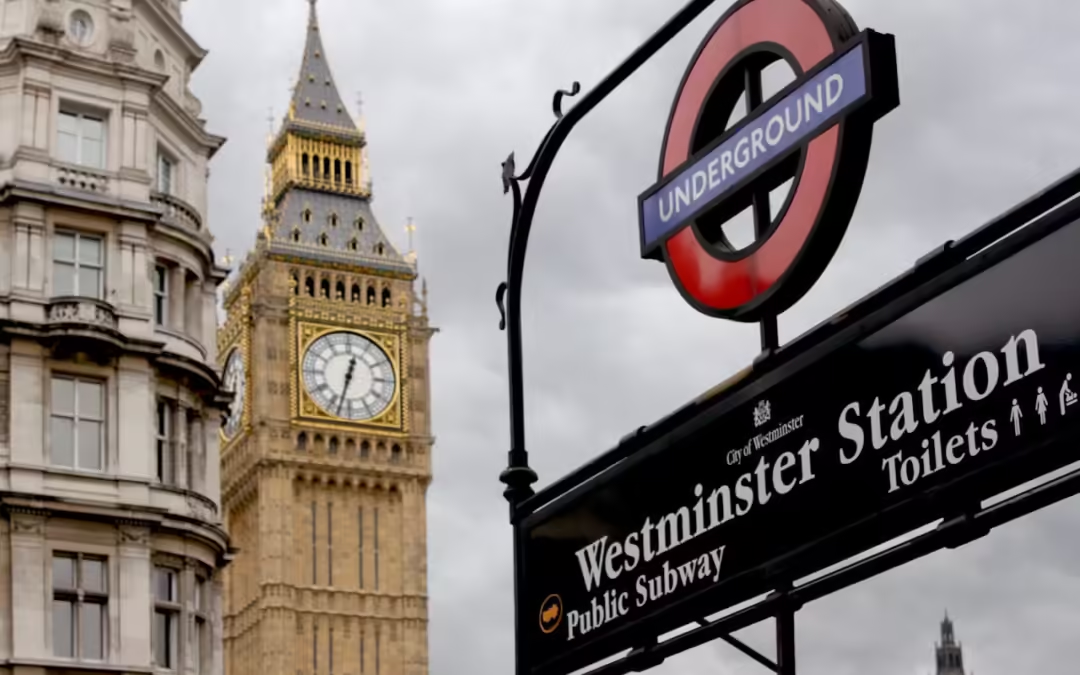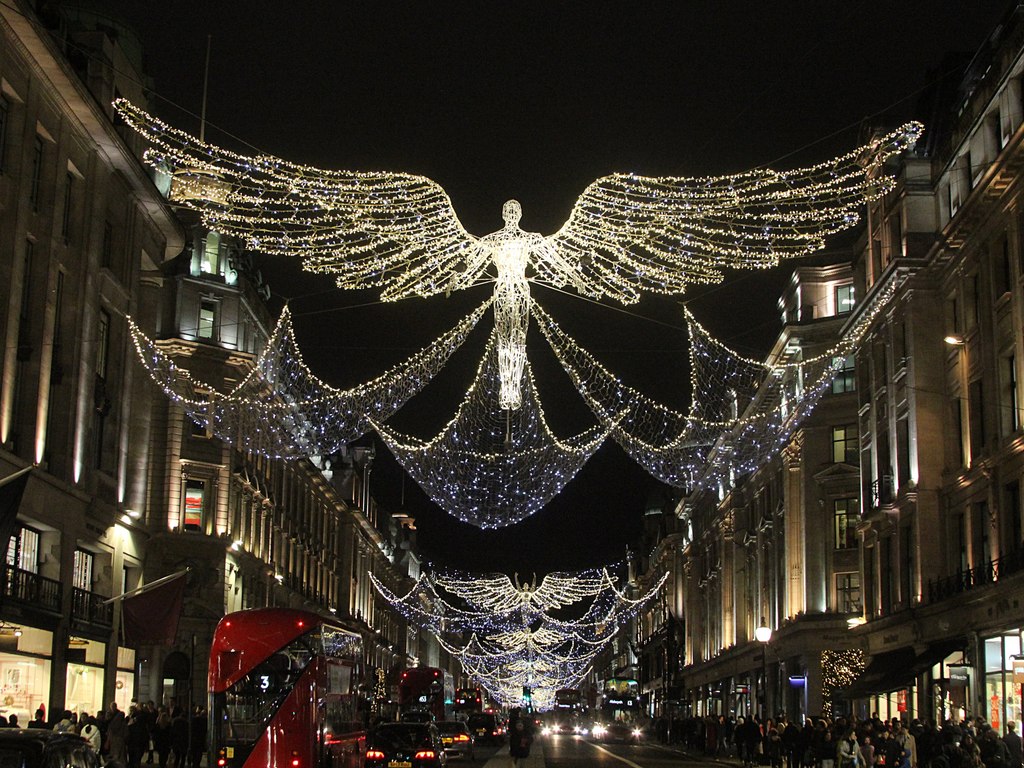The London Underground, or “The Tube,” is the quickest method to get around the city. It may appear intimidating at first, but after you understand how it works, it will feel like second nature. Whether you’re in town for a few days or longer, let’s go over how to ride on the Tube with ease and confidence.
Step 1: Get an Oyster Card/Travel Card or Use Contactless Payment
The first thing you’ll need before getting on the Tube is a way to pay for your journey. Here are your two main options:
Oyster Card: This is a pay-as-you-go card that you can top up as needed. You can buy one from machines at any Tube station or at Heathrow Airport if you’re flying in. You’ll tap in at the start and tap out at the end of your journey, and the system will automatically calculate your fare.
Contactless Payment: You can use a mobile payment app like Apple Pay or Google Pay or a contactless bank card in its place. All you have to do is press the yellow card reader at the gates. No more worrying about adding money to an Oyster card!
Step 2: Plan Your Journey
After you’ve settled your finances, it’s time to select where you’re going. Each of London’s eleven Tube lines, such as the blue Piccadilly line and the red Central line, has more than 270 stations. To plan your trip, get a map from the station or use an app like Citymapper or Google Maps. You can use these apps to determine the optimal route, the lines and platform to take, and the locations of any necessary train changes.
Each station has signage everywhere, so it’s easy to find the proper platform. Platforms are labelled with the name of the line and the direction the train is travelling, such as “Westbound” or “Eastbound.” You don’t have to worry if you miss a train cause they usually arrive within few minutes.
Step 3: Entering the Station
After making travel plans, proceed to the ticket gates. To unlock the gates, simply tap your contactless or Oyster card on the yellow reader. You risk being billed if you don’t tap in and out at the beginning and finish of your trip.
Simply follow the signs directing you towards your queue as you approach the station. Staff members at the station are usually available to assist you if you need it.
Step 4: Riding the Tube
To see when the next train is expected to show up, check the display screens on the station. There will be a line map inside the train compartment that will show all the stops on your plan. Every stop is announced so you are not missing your station.
Keep in mind that rush hour on the Tube can get very crowded, especially between 7:30 to 9:30 in the morning and from 5 to 7 in the evening. If you can avoid these times, your journey will be lot more enjoyable.
Step 5: Changing Lines
If you need to switch lines, don’t stress. Many stations are “interchange” stations, meaning you can switch between lines easily. Just follow the signs that point you to the correct platform for your next train.
Big stations like King’s Cross or Oxford Circus might feel like a maze at first, but there are plenty of signs to guide you. Allow a little extra time if you need to change trains at one of the busier stations, especially during peak hours.
Step 6: Exiting the Station
After arriving at your location, make your way to the exit signs. In order to guarantee that you are charged the exact fare, remember to tap out at the ticket gates. The system determines your total charge based on your travel distance.
Some Handy Tips for Travelling by Tube
• On escalators, always stand on the right side and leave the left side open for those in a hurry. This is one of London’s unwritten norms.
• Travel during off-peak hours for lower fares. Furthermore, the trains are significantly less packed.
• Check for Weekend Closures: Parts of the Tube may close for repair on weekends. Before you go, check the Transport for London (TfL) website or app for any updates.
Last Words
After using the Tube a few times, you’ll find it to be an easy method to move around London. It’s the fastest way to go around. The Tube will get you to all of your destinations, including the West End’s plays, South Kensington’s museums, and Camden’s hopping markets. You’re set to explore—just remember to “Mind the gap” and grab your Oyster card!


